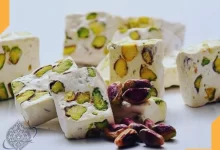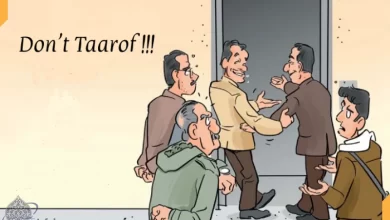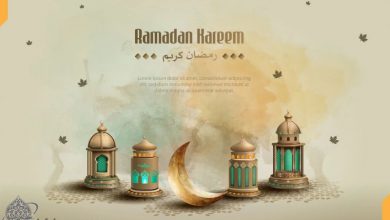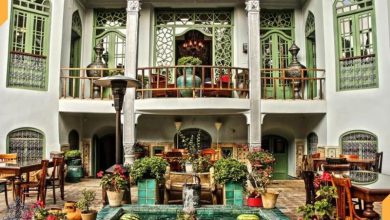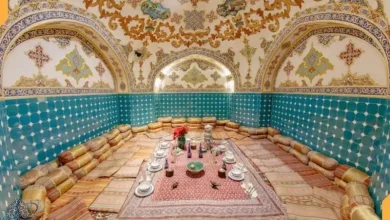Isfahan Rug

Isfahan can be known as one of the main centers of designing the pretty plans in the art of the weaving carpet. The design of the Isfahan rugs (Farsh) was the inspiring of many designers and weavers in all over Iran. In this article, we are addressing to some of the features of Isfahan’s carpet (Farsh); we investigate the design, color, and of Isfahan carpet (Farsh) and give you good information in this context.
Isfahan Rug (Qali in Persian) is a type of Iranian carpet that was found and produced in this region.
Isfahan is one of the most important and historical cities in the world that shines like a living jewel on the great treasure of Iran.
Throughout history, Isfahan artists have proven their interest in handicrafts such as carpet weaving, needlework, tiling, etc., and have made great efforts to improve its quality and quantity. So that today, the carpet of Isfahan, which is woven in this region of the vast land of Iran, has significantly attracted the attention of world markets and major museums around the world.
The Short History of Isfahan Rug
Due to the interest of the first Safavid kings, especially Shah Ismail, Shah Tahmasb, and Shah Abbas to the art of carpet weaving, the most exquisite silk and brocade carpets with very exquisite designs have been woven by Isfahan artists.
The support and attention of the Safavid kings to the art and artists was an incentive to attract every guild and class to the large, royal workshops, especially carpet weaving. Therefore, this period can be called the era of the glory of Iranian carpets.
The first carpet weaving workshops of Iran were established in Isfahan during the reign of great Shah Abbas.
Historically, Isfahan has been one of the centers for designing beautiful and pleasant designs on various handicrafts, especially carpets.
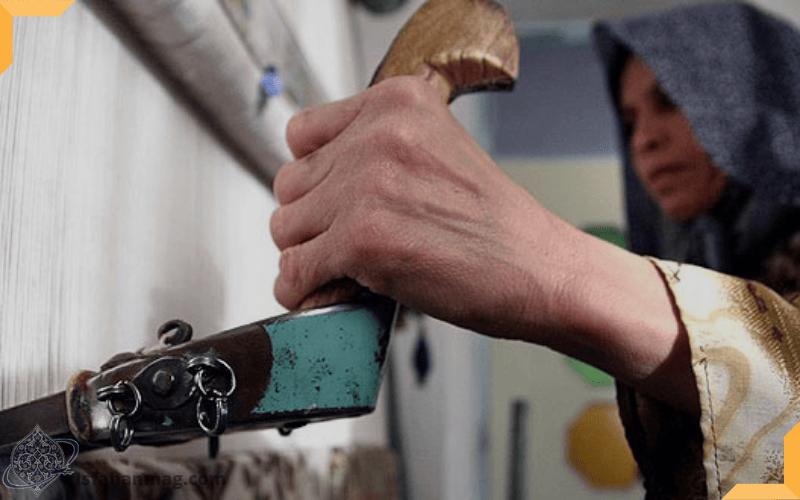
The variety of designs and color combinations can be seen in all its arts so today Isfahan carpet is one of the most original Iranian carpets, whose artists have tried to preserve and maintain it with special bigotry.
As long as the original Eslimi (Arabesque), Khattai and Shah Abbasi paintings shine on the azure dome of Imam Mosque, Sheikh Lotfollah Mosque and the golden relics of Reza Abbasi on the walls of Ali Qapu, Chehel Sotoun, and Hast Behesht; Isfahan carpet is also the guardian of the original Iranian culture, civilization, and doctrine.
The harmony, balance, and a variety of colors, especially happy colors in dark and light shades, the short height of pile, ridge count between 90-50, use of Persian knots, use of wool and silk in warp, weft, and pile, use of vertical and fixed looms with warp Persian, connected selvage, mostly double wefts, roll and polish during the weaving are the special features of Isfahan carpet weaving.
Isfahan handmade carpets have a long history and the history of Isfahan handmade carpets, these unique masterpieces back to the early sixteenth century AD during the Safavid dynasty (1722-1502).

The Safavid era can be considered the brilliant period of Iranian hand-woven carpets. Shah Abbas was a strong defender of Iranian art and the artists in the sixteenth century. Isfahan is a city in central Iran and it became even more important when Shah Abbas moved the Iranian capital from Qazvin to Isfahan.
The reign of Shah Abbas can be called the golden age of Iranian carpet weaving. The delicate patterns and motifs of Isfahan’s antique and handmade carpets, which are embossed on the warp and weft of the carpet, by the skilled hands of Isfahani artists, have created such a unique tableau.
The Safavid kings were very interested in carpets and also carpet weaving. The carpet weaving workshops of the Safavid court that were connected to the royal palace in the south of Ali Qapu between Shah Square and Chehel Sotoun, had always worked under the supervision of great Shah Abbas by using the best raw materials.
At that time, this attention of the Safavid Shah caused Isfahan to play a major role in the texture of the surviving works in the major museums of the world. Some of them were even ordered by the King of Poland for the wedding of his crown prince, such as the Polonaise carpets.
These silk carpets are adorned with gold and silver threads and are probably the products of Isfahan court workshops at the end of the tenth century and the beginning of the eleventh century A.H.

The structure of Isfahan Rug
The carpet loom used in Isfahan and its environs is vertical. One of the advantages of this carpet loom is the existence of another wood called “Chele Pich”, which passes through the threads of the lower warp and is connected to the beneath of the loom by metal wires.
In the final stages of weaving and Pulling down the carpet, and when due to the shortness of the warps, the operation of tying the upper warps to the head of the loom is not possible, by moving the “Chele Pich” wood upwards and passing the upper warps through it and connecting this wood to the head of the loom with the help of metal wires, the carpet weaving continues. This allows the weaver to continue weaving the rest of the carpet without moving to another place.
In the weaving of simple parts, Double knot weaving is usually used and the delicate parts are filled with a single knot. Some weavers use finer piles in the weaving of the delicate parts of the pattern and use thicker piles in the weaving of the plain background and the invariable parts. As a result, the parts woven with the finer pile, are involving prolapse.
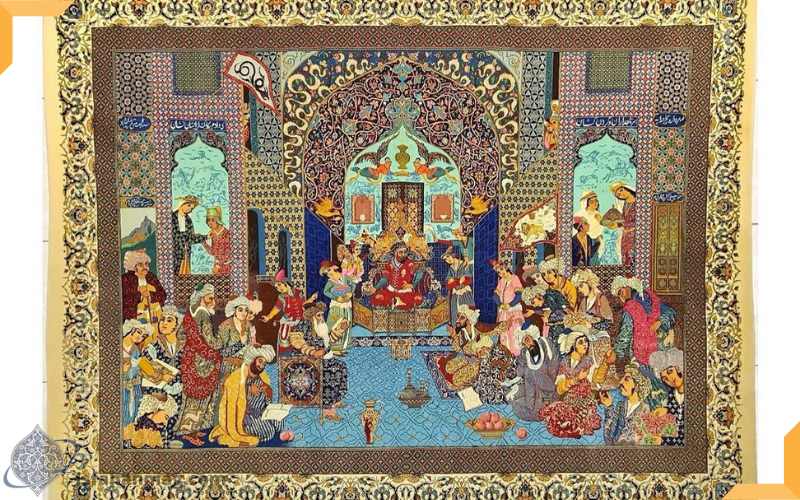
The warp and woof of Isfahan Rugs is made of cotton and sometimes wool. The warp and woof of Isfahan silk carpets is made of silk. Isfahan Woven with gold carpets are reminiscent of Polonaise rugs whose thread and fabric are made of precious threads.
Shale Weaving or Glim making of the lower part of the carpet is usually 3 to 5 rows, and in warp winder, every 100 warps that cover a distance of 10 to 14 cm is getting tied.
The warp and woof of the Isfahan Rugs is made of cotton and sometimes wool. The fabric of Isfahan silk carpets is made of silk. Isfahan Woven with gold carpets are reminiscent of Polonaise carpets whose warp and woof are made of precious yarns.
In terms of quality, Isfahan Rugs are among the best carpets in Iran and are durable and have a decorative aspect. Exquisite and precious samples of carpets are a good asset, especially the old and antique ones that today are still found in the market.
The wool used in Isfahan carpet weaving is mostly supplied from Kerman and Kermanshah provinces and foreign sources such as Australia. In Isfahan, like other Persian-speaking weaving points (Kashan-Kerman-Nain-Qom-Yazd and the eastern regions and Khorasan), they are doing knitting by hand and without using hooks on the looms that are somewhat loose and are not beneath the intense tensile pressure like Turkish looms.

The common designs of Isfahan carpets
Isfahan carpet at this time is one of the most unique Iranian urban weaving carpets in which the preservation of original Iranian design traditions can be seen more than the other areas and perhaps it can be considered the most traditional leading carpet at this time which in addition to maintaining its quality, has been less offended and also less attacked by strange motifs.
For this purpose, in the Safavid period, the Arabesque traceries and Shah Abbasi were the most paintings that were considered by carpet artists; although the style of “Gole Farang” and scattered and dispersed (but more considered) illustration, can be seen in Isfahan Rugs, but such a process couldn’t dominate its structure and foundation like other carpets.
In fact, the Safavid kings’ approach to the European painting and styles has left no trace on Isfahan carpets, and the city itself became a gateway for the entrance of Western works and styles, preserved its carpet with the solid and original foundations of Persian carpets.
Therefore, Isfahan’s carpet has not only not been influenced by foreign paintings and designs but has also been greatly affected by the designs of tiles and historical mansions of this city, such as Chehel Sotoun mansion, Chahar Bagh School, Sheikh Lotfollah mosque, etc. And they have decorated their designs with beautiful paintings illuminated on these buildings.
Isfahan Rug colors
Isfahani designers and carpet weavers often choose their favorite colors in the fields of turquoise, crimson, red, beige, and pea white.
The color of Isfahan Rugs is in the field of light colors. For example, beige or light blue is used more. Sometimes, 15 colors are used to create contrast and different shades of red are used for interior designs.
The ratio of cold colors to warm colors is more useful. Cream, crimson, blue (light blue, garlic blue, turquoise blue), diamond, khaki colors (mixture of red, green and blue) including light khaki, medium khaki, almond khaki, Isfahan khaki, garlic khaki, beige, garlic green (enamel), beige pink and lacquer colors are used.
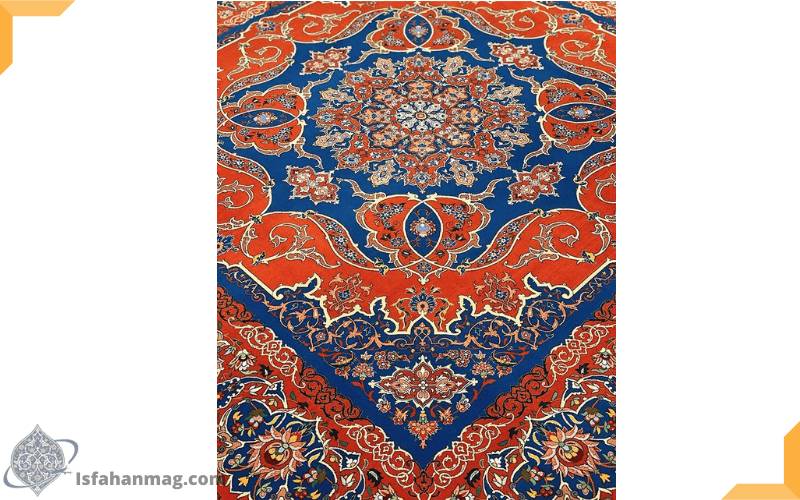
Dimensions of Isfahan Rug
In Isfahan, the rugs and carpets are woven in the sizes of Zar and quarter, Zar and a half, two Zar, curtains and carpets of six meters and sometimes larger.
The Isfahani weaver never showed any interest in weaving the runner and the header. Delicate woven carpets and silk flowers of Isfahan with their extremely beautiful designs have always been very popular in the world’s markets.
The Introduction of the carpet of Medina (Ramz-e Hasti) by Professor Yadollah Safdarzadeh Haghighi
Professor Yadollah Safdarzadeh Haghighi is one of the famous carpet weavers and also one of the tasteful artists of Isfahan. Professor Yadollah Safdarzadeh Haghighi, the son of the late Haj Mehdi Safdarzadeh Haghighi, was born in Isfahan in 1306 AHS and had learned the preliminary and primary teaching of carpet weaving from the age of 10 and at the same time with education, under the supervision of his father, until reach to the degree of a professorship in this technique.
Professor is one of the famous figures and also the producer of Isfahan carpets. He uses the original designs, which contain mystical and literary meanings and interpretations arising from religious and cultural values, to draw the attention of every viewer to God. The harmony of colors, especially happy colors in dark and light shades, their balance and variety are the features of his carpets, which are unique and beautiful in their kind.
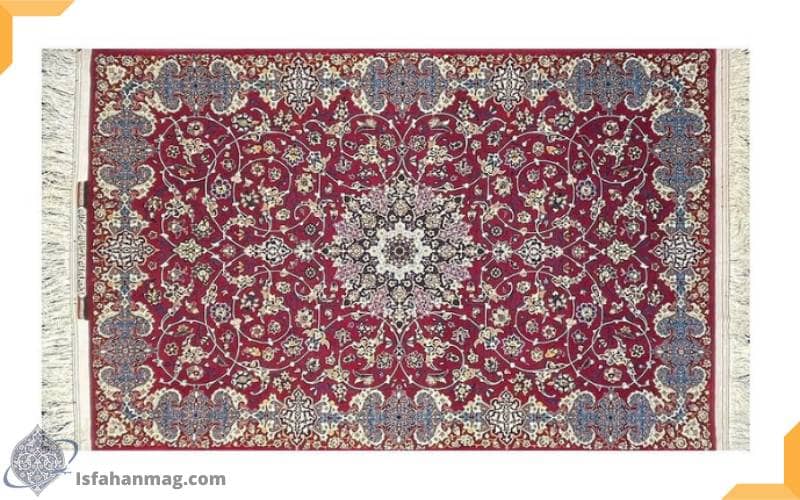
The current condition of carpet weaving in Isfahan
Today, Isfahan carpets are mostly produced in centers such as Najafabad, Falavarjan, Ghomsheh (Shahreza), Golpayegan, Nain, Natanz, (Fereidan, Semirom) and Kashan and Khansar.
Some of the famous Isfahan carpet self-employed weavers and institutes that have caused the Isfahan carpet to reach reputation and popularity in the past and present are Davari, Haghighi, (Dardashti), and Mamouri.
Question and answer:
What historical period does the carpet weaving in Isfahan goes back to?
Safavid era
What is the structure of Isfahan carpets?
The carpet loom used in Isfahan and its environs is vertical. One of the advantages of this carpet loom is the existence of another wood called “Chele Pich”, which passes through the threads of the lower warp and is connected to the beneath of loom by metal wires.
Conclusion:
Isfahan Rug, a short history of it that turns back to the Safavid era, has unique beauties that have attracted the attention of the world. In this article, we dealt with the short history, dimensions, colors and common designs of carpets, which is the most important feature of it, and also talked about the current condition of carpet weaving in Isfahan and the surrounding cities.
 Have you ever bought carpet from Isfahan? Which designs of carpet do you like more?
Have you ever bought carpet from Isfahan? Which designs of carpet do you like more?
